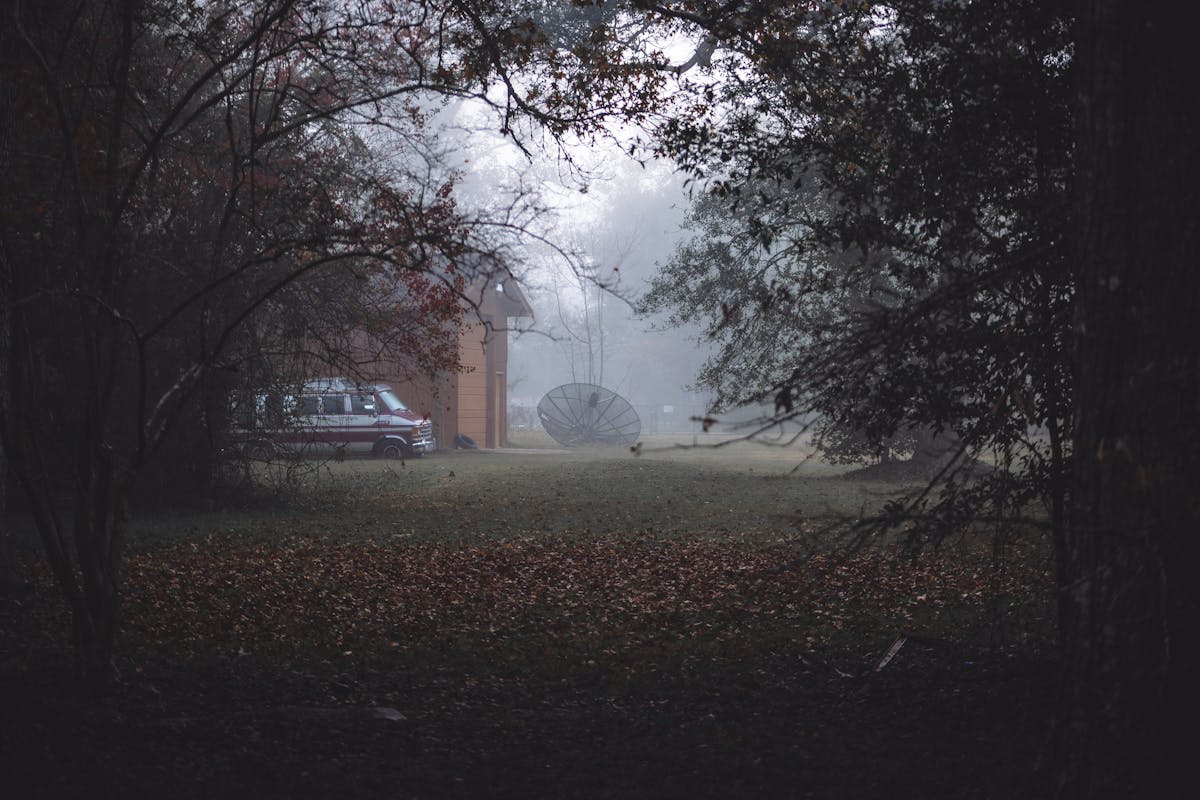Texas
Are Sweet Gum Trees Prone to Falling in Texas?

Sweet gum trees, known scientifically as Liquidambar styraciflua, are common in Texas. They are recognized for their star-shaped leaves and beautiful fall colors. However, their stability is often questioned. Are sweet gum trees prone to falling in Texas? Let’s dive into the factors that influence their health and stability.
Understanding Sweet Gum Trees
Characteristics of Sweet Gum Trees
Sweet gum trees can reach heights of up to 100 feet. Their bark is thick and deeply furrowed, while their leaves turn bright colors in autumn. These trees produce spiky seed balls that can be a nuisance. The leaves are often used for compost or mulch, contributing to soil health.
Lifespan and Growth of Sweet Gum Trees
These trees typically live for 100 to 150 years. They grow best in well-drained soils and require ample sunlight. Their growth can be rapid, especially in youth. However, rapid growth can also lead to weak branches and instability.
Factors Contributing to Tree Instability
Texas Weather Effects on Trees
Texas is known for its unpredictable weather. High winds, heavy rain, and extreme temperatures can impact tree health. Sweet gum trees, while hardy, can struggle under harsh conditions. High winds can uproot trees or break branches, leading to hazards.
Impact of Wind on Sweet Gum Trees
Strong winds can be detrimental to sweet gum trees. The tree’s structure may not withstand high gusts, especially if the soil is wet. A tree that is saturated is more likely to fall. A study showed that wind speeds above 30 mph increase the risk of falling.
Seasonal Factors Affecting Tree Health
Texas experiences distinct seasons. The heat in summer stresses trees, while winter storms can freeze them. Spring storms often bring hail, which can damage leaves and branches. These seasonal changes can weaken the tree’s overall health.
Common Diseases and Risks
Tree Diseases in Texas
Sweet gum trees are susceptible to several diseases. Cankers are one of the most common issues. This disease can kill branches and make trees unstable. Regular monitoring is crucial to identify and treat diseases early.
Identifying Hazards with Sweet Gum Trees
Assessing the condition of sweet gum trees is vital. Look for signs of rot, cracks, and lean. A tree that leans significantly may be at risk of falling. Additionally, dead branches can become projectiles in strong winds.
Sweet Gum Tree Risks During Storms
Storms pose a considerable risk to sweet gum trees. During heavy rain and wind, these trees may topple over or lose large branches. Homeowners should assess the trees’ health before a storm hits.
Maintenance and Care
Tree Maintenance Tips for Texas
Maintaining sweet gum trees is crucial for their longevity. Regular pruning helps reduce wind resistance. It is advisable to trim dead or weak branches. This practice helps keep the tree healthy and prevents future hazards.
Sweet Gum Tree Care Practices
Proper watering is essential, especially during droughts. Mulching around the base of the tree helps retain moisture. Additionally, fertilization can promote healthier growth. However, over-fertilizing can lead to rapid growth, increasing instability.
Improving Wind Resistance in Trees
To help sweet gum trees withstand winds, consider the following practices:
| Practice | Description |
|---|---|
| Pruning | Trim dead and weak branches to reduce wind resistance. |
| Soil Aeration | Improve soil structure to enhance root stability. |
| Deep Watering | Ensure the tree receives sufficient moisture during dry spells. |
| Fertilization | Use slow-release fertilizers to promote steady growth. |
Implementing these practices can greatly improve the tree’s resilience against harsh weather.
Tree Risk Assessment
How to Assess the Risk of Falling Trees
Assessing the risk of a sweet gum tree falling involves several steps:
- Visual Inspection: Look for signs of damage, disease, or instability.
- Check the Soil: Ensure the soil is not too wet, which can affect stability.
- Observe the Canopy: A thin canopy may indicate poor health.
Signs of Unstable Sweet Gum Trees
Several signs indicate that a sweet gum tree may be unstable:
- Leaning trunk
- Cracks in the trunk
- Mushrooms or fungus at the base
- Sparse foliage
If you notice any of these signs, it’s essential to consult a tree care professional.
Conclusion
In conclusion, while sweet gum trees can be beautiful additions to Texas landscapes, they do come with risks. Understanding their characteristics and maintaining their health is crucial. By being proactive, you can minimize the chances of these trees falling. If you have sweet gum trees in your yard, regular care and monitoring are essential for their health and stability.
Frequently Asked Questions
Are sweet gum trees safe to plant in Texas?
Yes, sweet gum trees can thrive in Texas. However, it’s essential to monitor their health and maintain them properly.
How can I prevent my sweet gum trees from falling?
Regular maintenance, including pruning and soil management, can help improve stability and prevent falling.
What are the best maintenance practices for sweet gum trees?
Best practices include regular pruning, proper watering, and monitoring for diseases.
How do seasonal changes affect sweet gum trees?
Seasonal changes can impact their health. High winds and heavy rain during storms pose a risk to their stability.
By understanding and caring for sweet gum trees, you can ensure their longevity and safety in your landscape.

-

 Tech2 months ago
Tech2 months agoTwastia.com: Your Go-To for Digital Solutions
-

 Delaware2 months ago
Delaware2 months agoNew Castle Beer: A Delaware Favorite and Its Rich History
-

 California2 months ago
California2 months agoCosts of Root Canal in Berkeley, Oakland, and Across California
-

 Features2 months ago
Features2 months agoCleetus McFarland Net Worth in 2024
-

 California2 months ago
California2 months agoWhere to Buy Kangertech T3S Coils in Oakland, California: Best Options
-

 Idaho2 months ago
Idaho2 months agoRake Up Boise 2024: Guide to Idaho Community Cleanup Event
-

 Texas2 months ago
Texas2 months agoDallas Cowboys Helmet: A Texas Icon and NFL Legacy
-

 Alaska2 months ago
Alaska2 months agoAre Wintergreen Plants in Alaska Edible?






